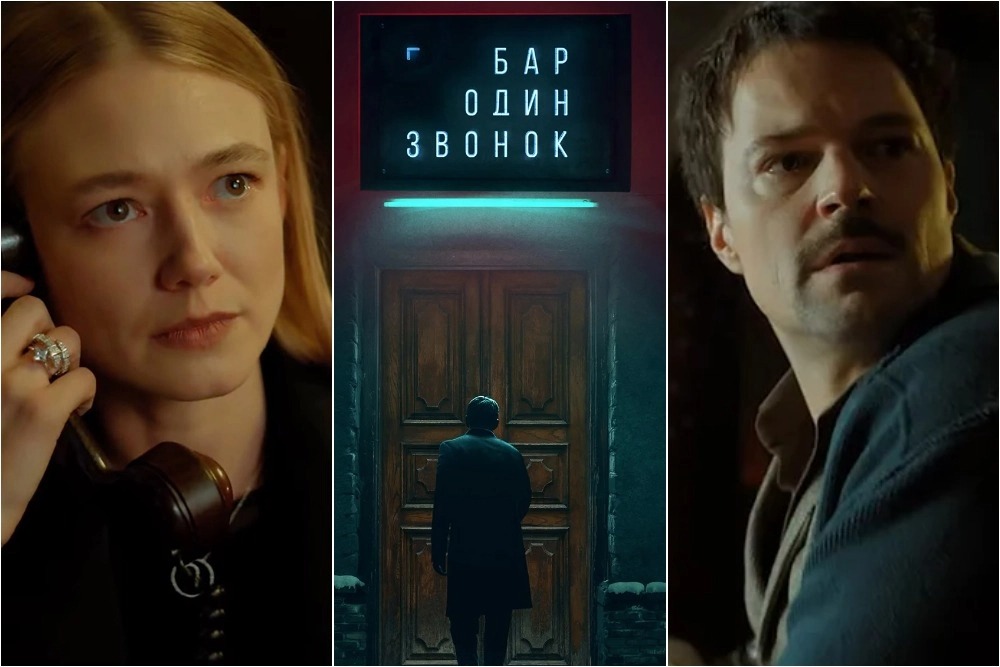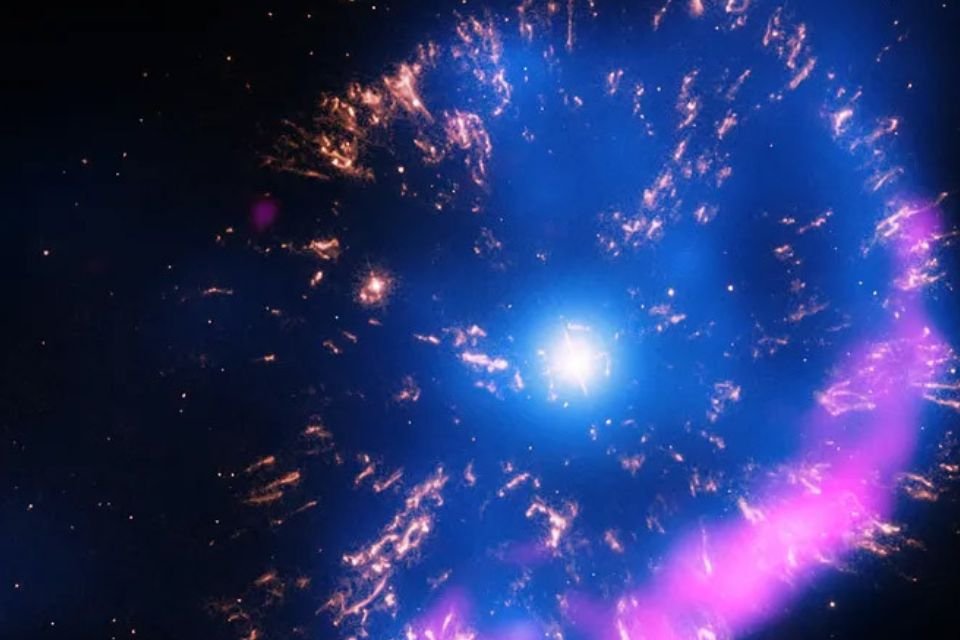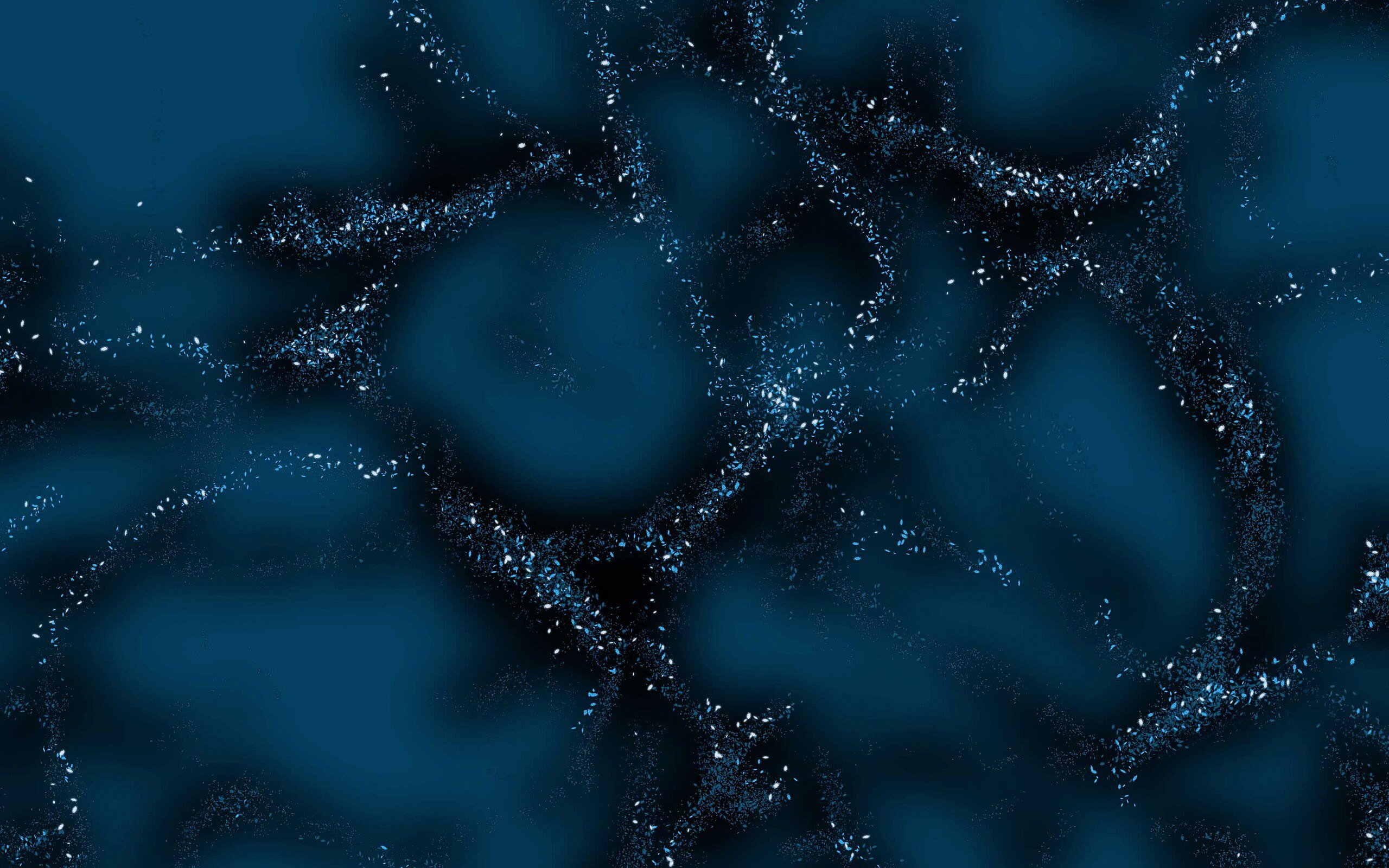A 13th-century manuscript was used in recent research to predict what will happen next year. A rare space phenomenon: a burst of light from a repeating nova. In this binary system, a dead star absorbs material from a larger companion until the accumulation of gas causes a thermonuclear explosion that creates an intense glow in the sky.
According to the current study’s author, Professor Bradley Schaefer from Louisiana State University in the USA, The “wonderful star” described by Abbot Burchard of Upsberg in 1217, T Coronae Borealis (T CrB) is a “variable” star that increases in brightness for a week every 80 years and is visible to the naked eye from Earth.
Because T CrB has scientific records of eruptions with a peak visual magnitude of 2.0 in 1866 and 1946, Schaefer found that it was “reasonable to look back in time at previous eruptions” occurring in 1217 and 1787 before making his prediction. next event around April 2024, It is based on a time scale of 80 years.
How does a new recurring star fare?
In realityT CrB is a double star, not just one: A red giant and a white dwarf. The first is the remaining core of a star that has burned all of its nuclear fuel, and the other is a normal, low-mass star.
When two stars dramatically come together and form a binary system, the dwarf’s crushing gravity “vampires” material from its companion and heats it up, causing an explosion of brightness.
Although some astronomers such as Schaefer We argue that this happens in a very regular cycle, others argue for the irregular time interval theoryR.
Searching for the brightness of a star in the past

In addition to measuring the timing of the pre-flare decline in brightness in T CrB, Schaefer also investigated reports of unknown stars in the constellation Coronae Borealis (Northern Crown). This led him to a history written by the Rev. Francis Wollaston. Around Christmas 1787, the positions of stars above magnitude 7.8 were measured.
But Burchard’s case is even more impressive, as the pious man reported in 1217 that a star in the Corona Borealis “shined with great light” for “many days.” and this at a time when telescopes did not yet exist. Schaefer emphasizes that the event should not be confused with a comet because the abbot used the Latin word. Stella (star) and speak of a “wonderful sign”, while comets were always considered bad omens.
The study therefore suggests that the event described in the medieval manuscript was “exactly” what was expected from a spectacular T CrB explosion, mainly because all other possibilities were “strongly rejected”. And he concludes: “Unlike human events, in astronomical transients all possibilities can be sequenced, measured, and tested.”
Did you like the content? Stay up to date with more astronomy news at TecMundo and take the opportunity to learn about the work that reveals massive stars and supernovae in the ancient Universe.
Source: Tec Mundo
I’m Blaine Morgan, an experienced journalist and writer with over 8 years of experience in the tech industry. My expertise lies in writing about technology news and trends, covering everything from cutting-edge gadgets to emerging software developments. I’ve written for several leading publications including Gadget Onus where I am an author.












